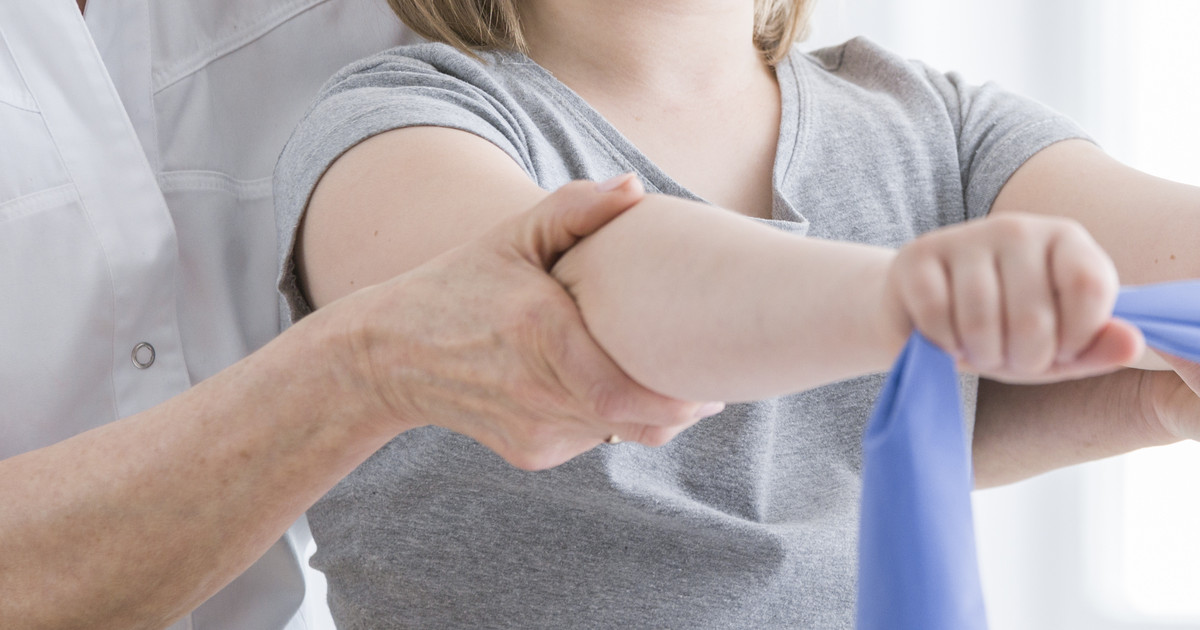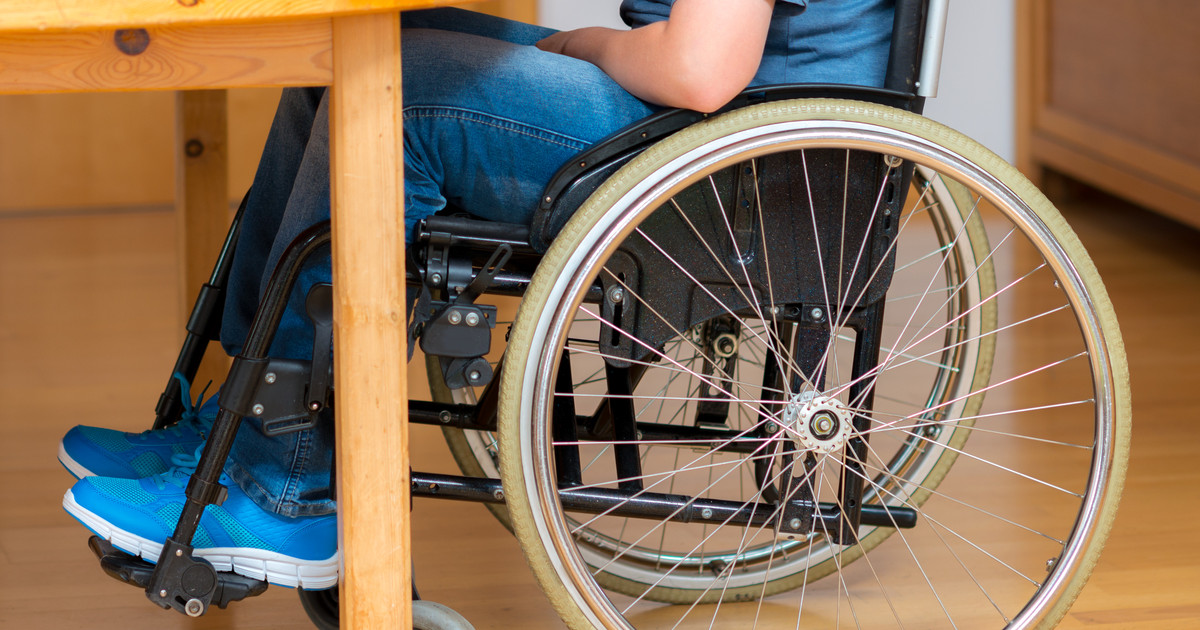Guide To The Treatment Options For Periventricular Leukomalacia
Occupational Therapy

Occupational therapy is another treatment for children with this condition and those who develop cerebral palsy due to it. The occupational therapist's role will vary depending on the symptoms. This form of therapy focuses on teaching patients the skills necessary to develop and gain independence. With children, therapists focus on improving their capacity for learning and playing. An occupational therapist may teach a child to do tasks that require fine motor function. Examples are brushing their teeth and eating. They may also help children who struggle to process sensory information. This is in addition to helping with cognitive function.
Children who do occupational therapy have an increased chance of independence and improved quality of life. They may also feel a sense of accomplishment and be more confident. By improving their ability to learn and play, they can develop other skills more easily. Occupational therapy also reduces the strain on caregivers and parents because they do not need to help with the same number of day-to-day tasks.
Discover additional methods of treating this condition now.
Assistive Devices

Children with periventricular leukomalacia may benefit from using assistive devices to help manage their symptoms. These are devices and equipment used to help individuals function. There are also adaptive devices, which have been altered so that patients with disabilities can use them more easily. A child with cerebral palsy caused by periventricular leukomalacia will often need assistive devices to become independent. This technology can help children perform better academically and have a more engaging social life. It will also help them be included in more activities, express their emotions more easily, and feel more confident.
Children may use mobility devices like braces, walkers, and wheelchairs. When children struggle with using their hands, they may benefit from electric wheelchairs. Many adaptive devices are used to help with communication as well, with and without speech. Communication boards allow children to show their ideas through pictures. Speech-generating devices can also be used for children who struggle to use their muscles to create words. Writing and typing devices are available to help children who struggle to hold pens and type on keyboards.
Learn about another treatment option now.
